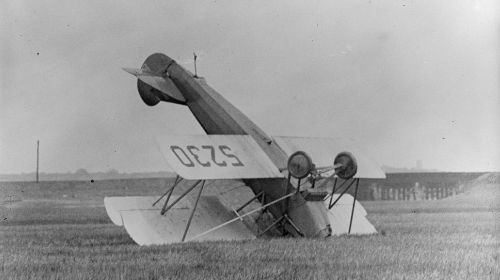
The Washington Post recently ran some amazing articles on the safety record of drones. The three-part series focuses on the more than 400 large U.S. military drones that have crashed overseas, domestic U.S. crashes of military drones inside and outside military airspace, and the record of incidents of small drones coming dangerously close to civilian aircraft within the United States. Fortunately nobody has been killed in any crashes yet, but it all makes for gripping reading.
One of the dismaying things about the series is the reflexive amount of secrecy that agencies still engage in around the safety record of domestic drones. For example:
- The military refuses to release data on its domestic drone accidents, and the FAA won’t release it either, saying that the Pentagon provides the data only on condition it remain secret. Through a FOIA the Post did obtain records of 47 major drone crashes, but the military still refuses to provide details about near-misses, or about any crashes that inflict less than $2 million in damage.
- After a 375-pound drone crashed into an elementary school playground in Pennsylvania, the manufacturer of the drone refused to comment, citing confidentiality provisions of its contract with the Army.
- When the Navy lost control of a 2,000-pound drone and it flew into the highly restricted Washington DC airspace, it kept the incident secret. Reporters got wind of it, but the Navy still refuses to release its investigative report of the incident.
The Post has done excellent work in uncovering so much about the drone safety record via FOIA and other investigative tools. We’re still enough of an open society that the paper was able to learn quite a bit about many incidents. But it shouldn’t take investigative reporters working for a major newspaper to uncover these facts. As with any new technology, it is inevitable that accidents will happen that will occasionally bring these craft, some of which are as large as Boeing 767s, plummeting to earth (The Post reports that a 767-sized drone crashed in rural Maryland in 2012). Drones are the subject of much public attention and controversy, and the FAA is moving to begin integrating drones into our national air space.
If our skies are to fill with drones, our government and military should be as open and forthcoming as absolutely possible about this technology and its potential pitfalls. We all have an interest in open government when it comes to the safety of this new technology.



